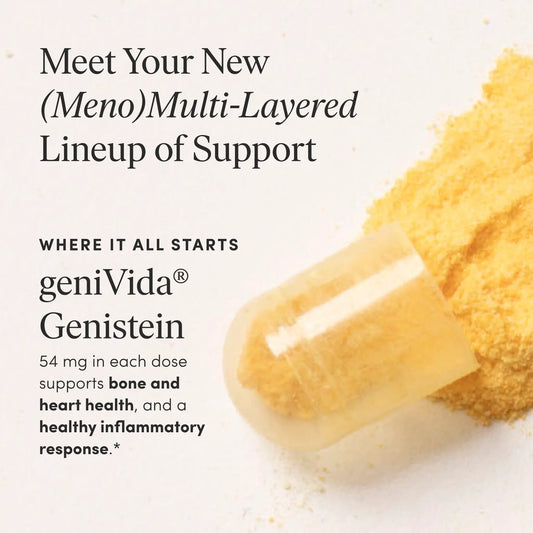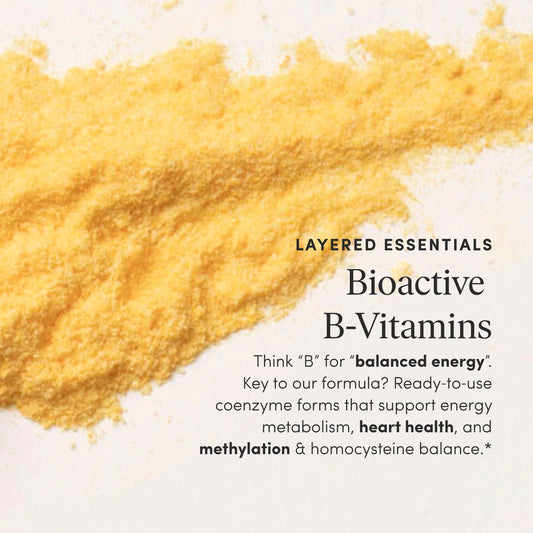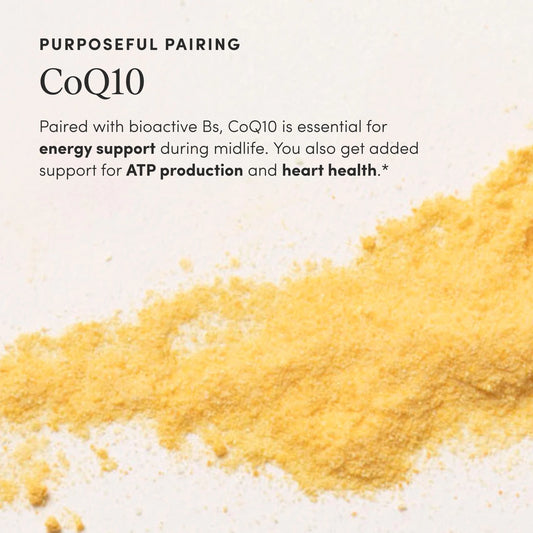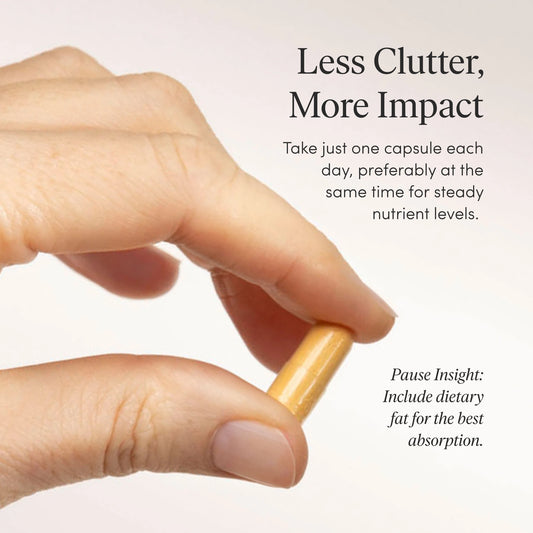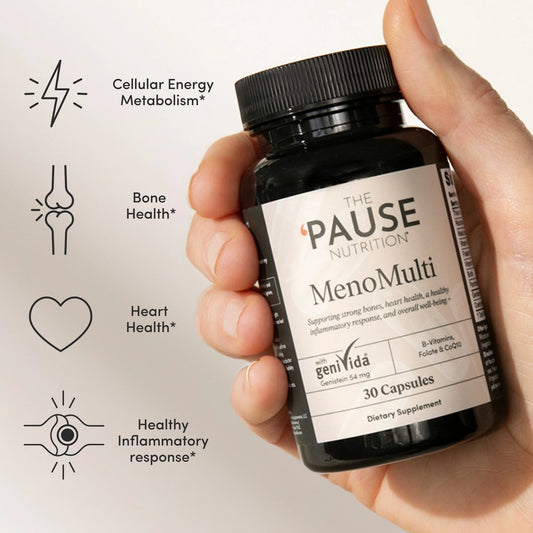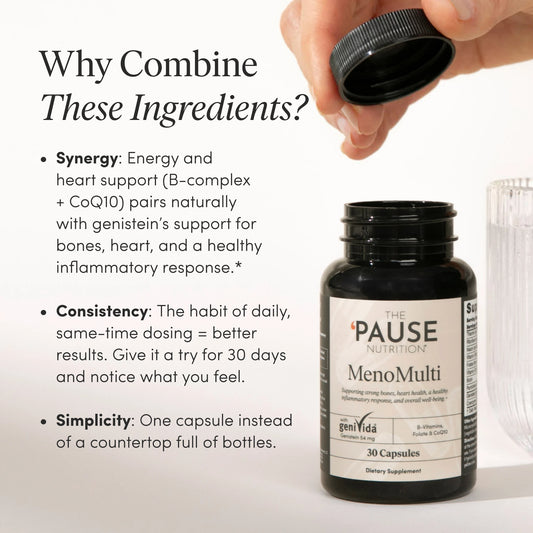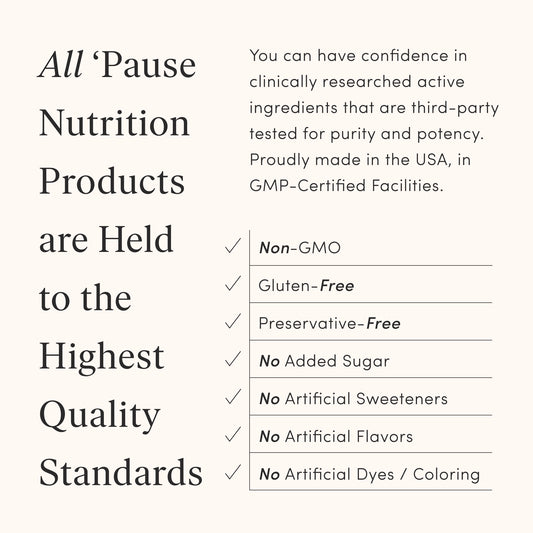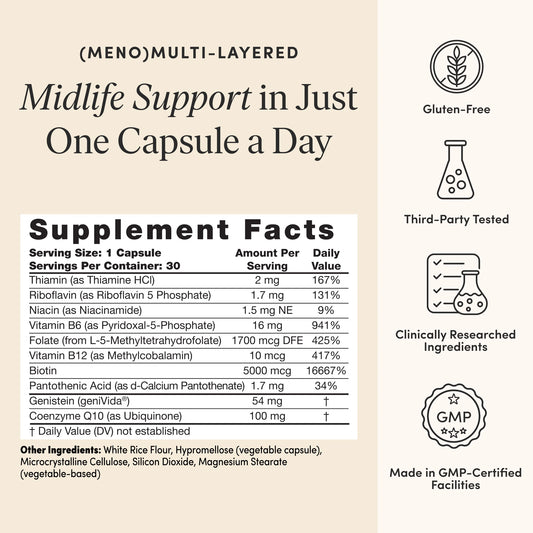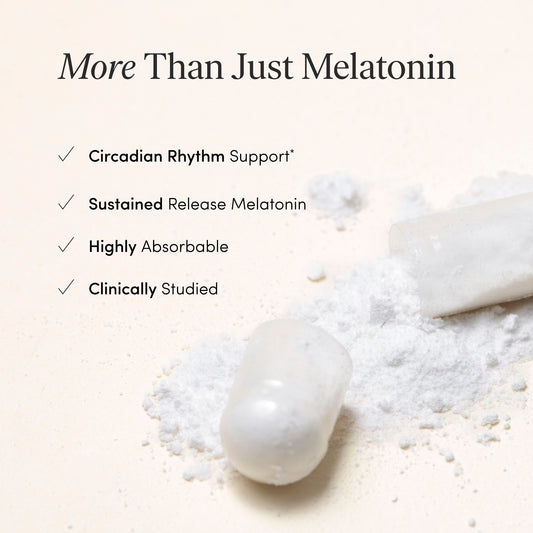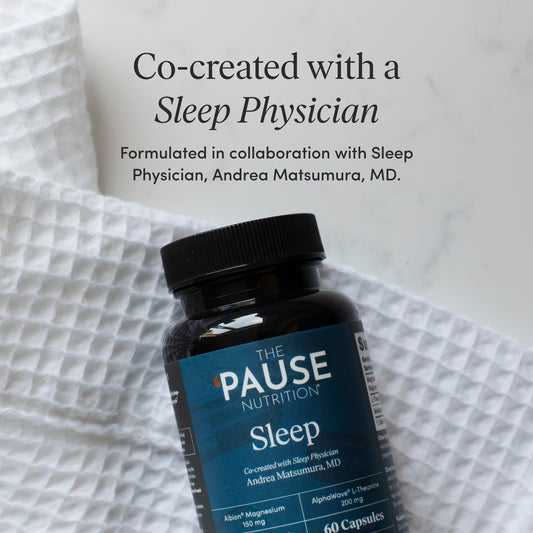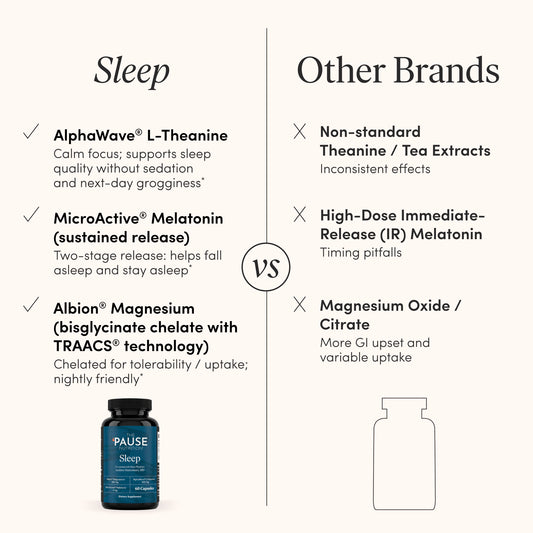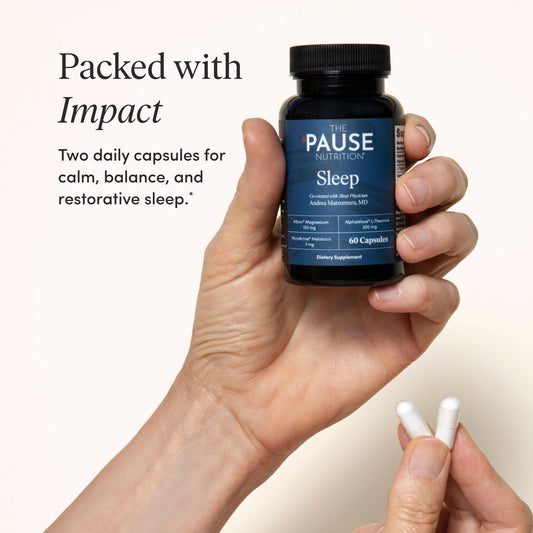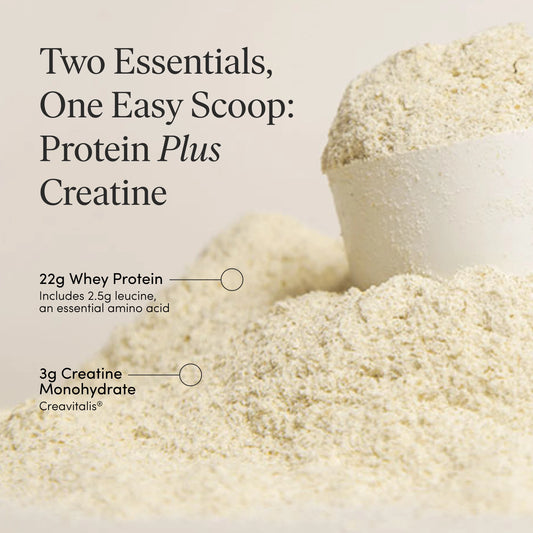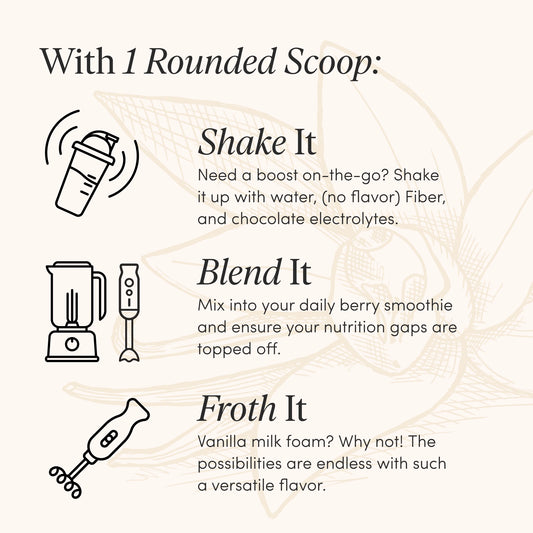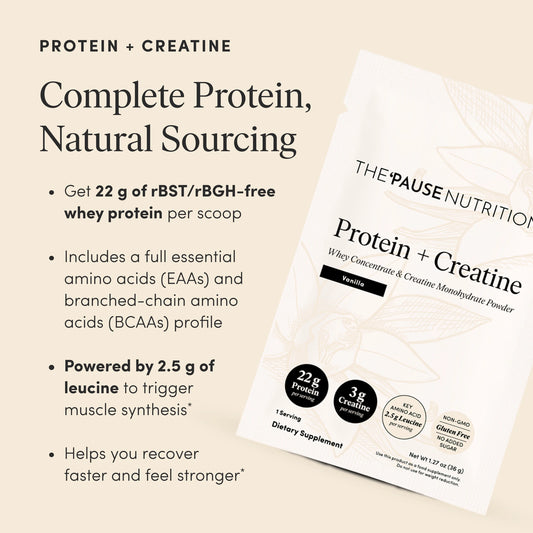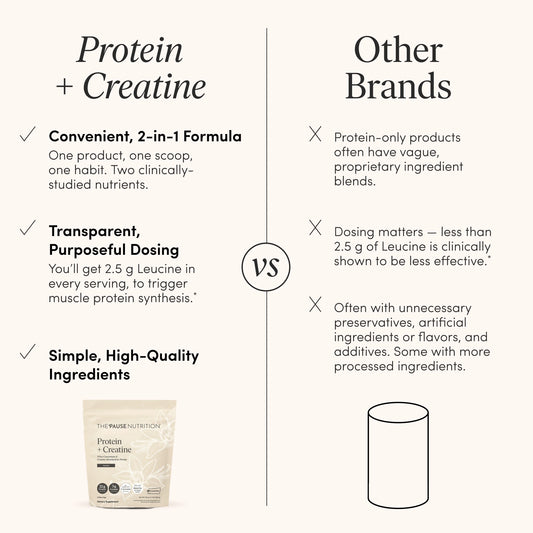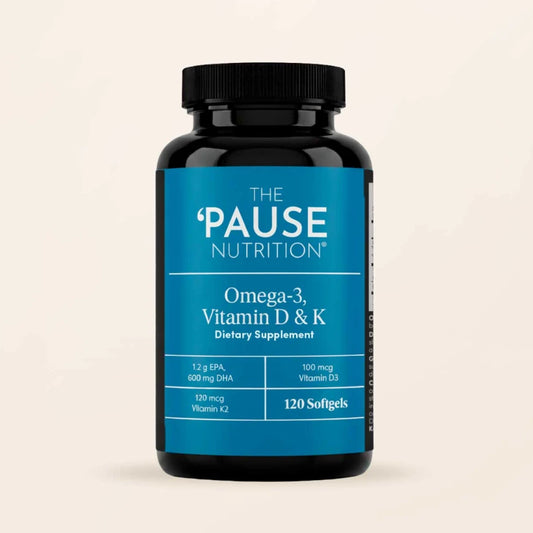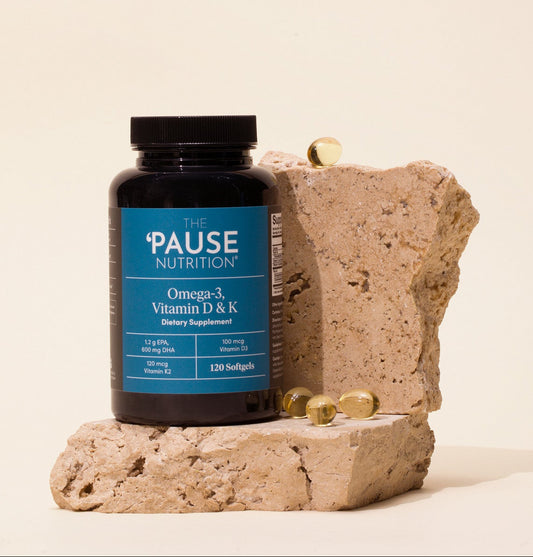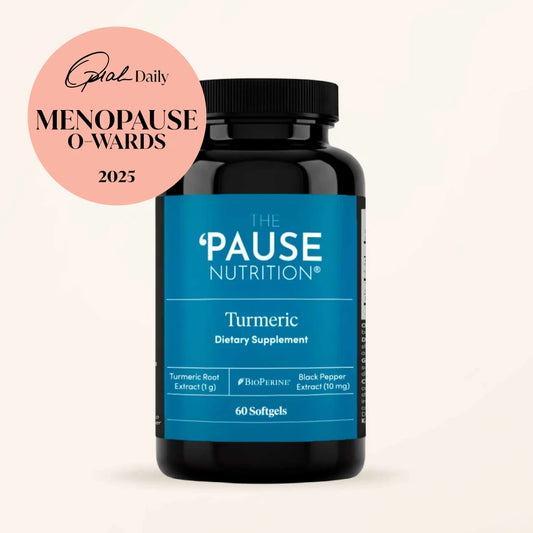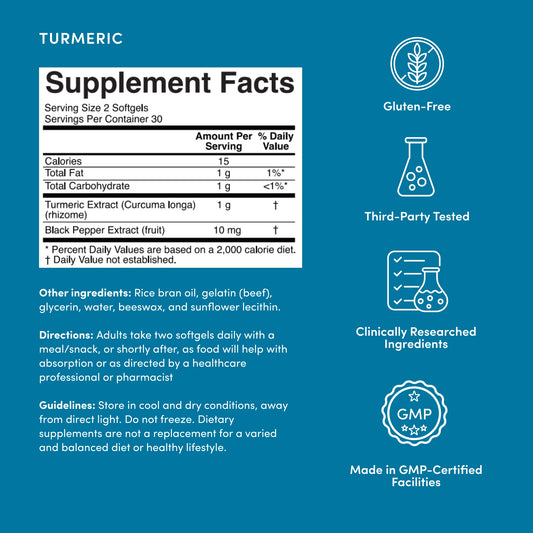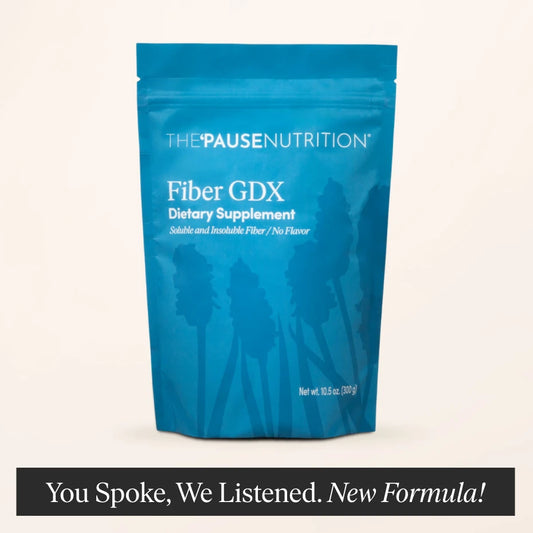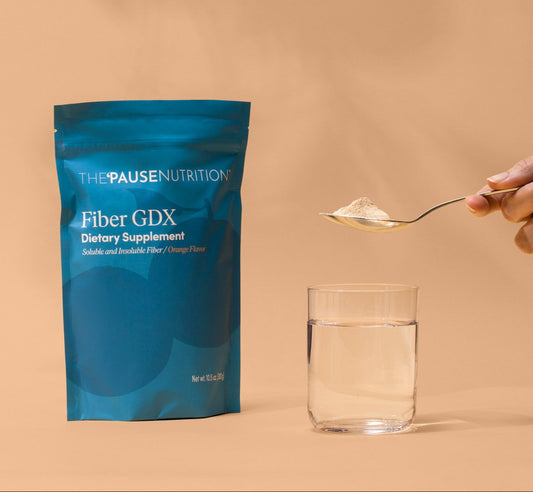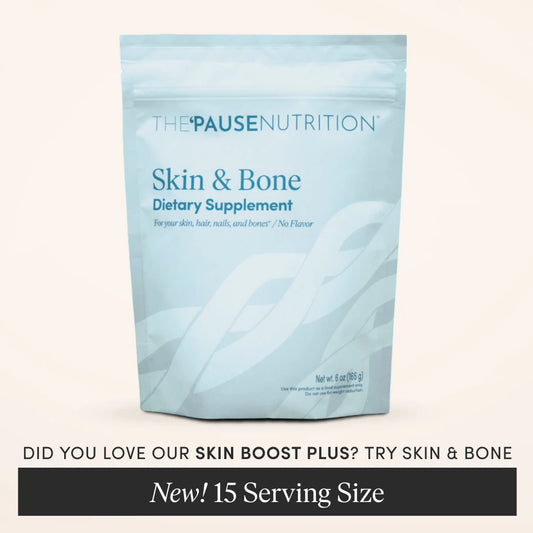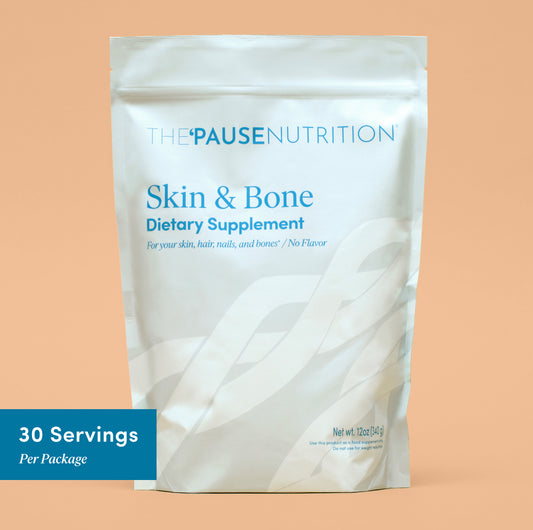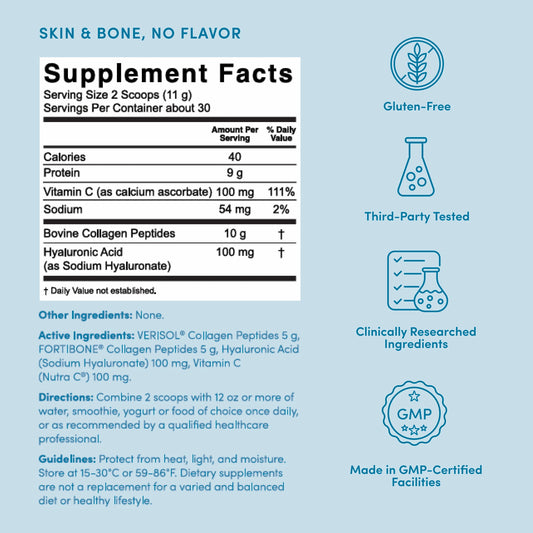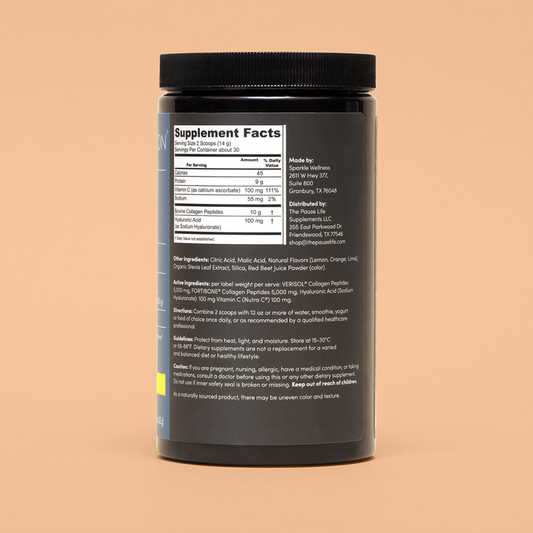Aging Strong: Preventing Frailty, Osteoporosis and Muscle Loss

Share
Midlife health is not about slowing down, it’s about becoming stronger. In a recent unPAUSED podcast episode, Dr. Mary Claire Haver sat down with Dr. Vonda Wright, a double board-certified orthopedic surgeon, leading researcher on women’s musculoskeletal health and author of the New York Times Bestseller, Unbreakable: A Woman's Guide to Aging with Power. Together, they explored how menopause, bone density, and muscle strength intersect to shape the quality of our aging.
Dr. Wright’s message was clear: frailty is not inevitable.
The science of bone and muscle physiology tells us that the choices we make today, through nutrition, movement, hormone support, and proactive screening, can dramatically reduce our risk of osteoporosis (age-related bone mass loss), sarcopenia (age-related muscle loss), and disability later in life.
This is not just about avoiding fractures or pain. It’s about preserving independence, mobility, and vitality well into our seventies, eighties, and beyond.
Here are Dr. Wright’s top 5 takeaways.
1. Bone Health Is a Lifelong Investment: Start Early, Stay Proactive
Bone isn’t static, it’s living, dynamic tissue. With menopause, the sharp decline in estrogen results in the breakdown of bone which begins to outpace formation, resulting in an average 15–20% loss of bone mass within just a few years after the final menstrual period.
Women who begin DEXA bone density scans around age 40 gain valuable insight into their baseline bone health. Identifying low bone mass early, before osteoporosis sets in, creates the opportunity to intervene through strength training, calcium and vitamin D optimization, and hormone therapy when appropriate.
2. Muscle and Bone Age Together: Strong Muscles = Strong Metabolism
Muscle and bone aren’t separate systems. They are biologically and mechanically intertwined. When muscles contract, they pull on bones, generating mechanical stress that signals bones to grow stronger. Without that stress, both systems weaken.
Resistance training is one of the most effective tools for preventing both osteoporosis and sarcopenia and gentle movement alone isn’t enough. Walking and yoga are excellent for flexibility and balance, but maintaining bone density and muscle mass requires loading the skeleton with progressively greater resistance.
Skeletal muscle is metabolically active tissue that influences insulin sensitivity, glucose regulation, and even inflammation. Studies have shown that women with higher relative muscle mass have lower rates of insulin resistance and prediabetes.
So when we lift weights, we aren’t just shaping our bodies, we’re training our metabolism and protecting our long-term energy balance.
3. Menopause Triggers a “Musculoskeletal Syndrome”
One of Dr. Wright’s most important contributions to women’s health is her identification of what she calls the Musculoskeletal Syndrome of Menopause, a constellation of symptoms linked to the loss of estrogen’s protective effects on connective tissues.
During perimenopause and menopause, many women notice new joint stiffness, shoulder or knee pain, tendonitis, plantar fasciitis, or even diffuse body aches. Often, these are dismissed as “just aging,” but Dr. Wright’s research shows that estrogen receptors exist in nearly every connective tissue, including ligaments, tendons, cartilage, and even intervertebral discs.
The result is a body that feels “tight,” sore, or less resilient than it used to.
4. Exercise Is Medicine, But Intensity Matters
Exercise remains one of the most powerful prescriptions for healthy aging, but the right type and intensity matter.
Building strong bones and muscles requires progressive overload, the principle of gradually increasing resistance or intensity to stimulate adaptation. Lifting the same three-pound weights for years will not maintain bone density. Our bodies need challenge to change.
Traditional “light weights and high reps” workouts are excellent for endurance, but not sufficient for preventing frailty. To maintain balance, bone strength, and independence, women must train for power, not just stamina.
5. Prevention Must Start Earlier
One of the most profound insights from Dr. Wright’s research is that bone and muscle health begin decades before menopause.
Peak bone mass (the maximum bone density our bodies will ever have) is achieved between the ages of 17 and 25. After that, we can only maintain or slow its decline. That means the habits formed in adolescence and young adulthood, including consuming adequate amounts of protein, resistance training, regular menstrual cycles, and sufficient nutrition, determine much of our lifelong skeletal strength.
We need a new paradigm
Educating girls and women early about how movement, nutrition, and hormones interact to build lifelong resilience.
Modern conveniences such as sedentary work, poor nutrition and chronic stress have accelerated physical decline. But with awareness and prevention, aging strong is not only possible; it’s expected.
Frailty is not destiny. Strength is a decision.
The Bottom Line: Redefining What Aging Looks Like
For too long, women have been told that aging means becoming weaker, slower, and more fragile. But Dr. Wright’s work, and the lived experiences of countless women, prove otherwise. With the right tools, knowledge, and support, midlife can be the strongest, most capable chapter yet.
We can redefine aging as a process of becoming more powerful in body and mind. We are not shrinking, but expanding our potential. Understanding what’s happening in your body can make all the difference. Tune in to the podcast or watch the conversation for a deeper dive into Dr. Wright’s expert insights and the practical strategies you need to protect and strengthen your bones for years to come. Your future self will thank you!
To learn more about Dr. Wright, visit her website and follow her on Instagram.














